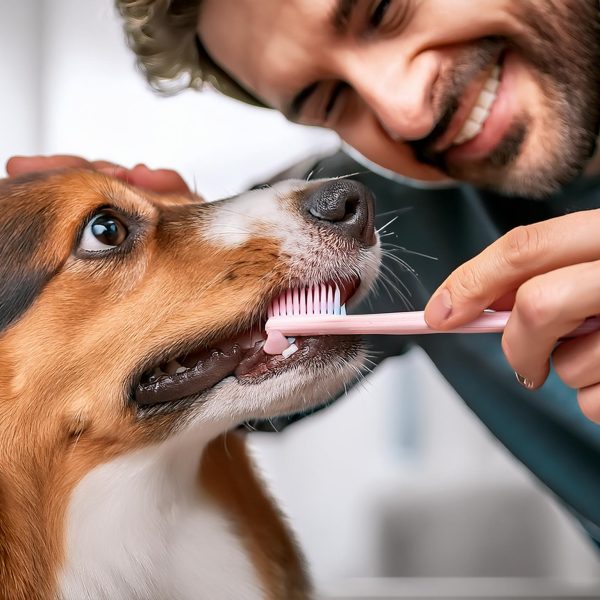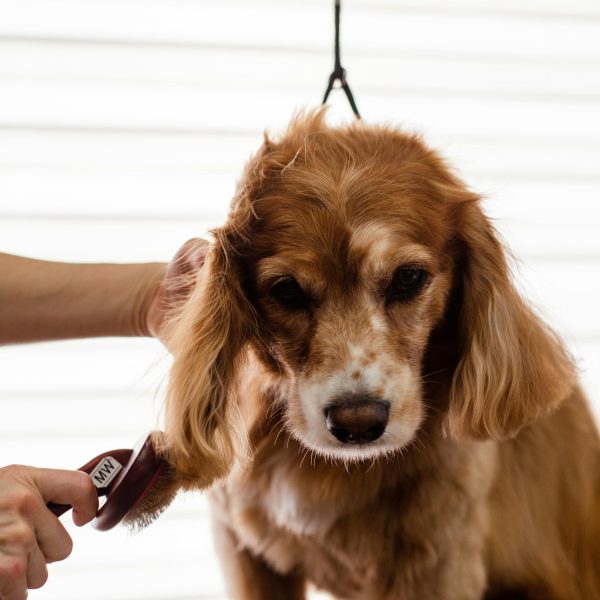Dealing with hair is a challenge for many pet owners. Whether you have a dog, cat, or another furry companion, managing shedding can be quite a task. It not only requires cleaning but also impacts the cleanliness of your home and the allergies of your family members. Here are some practical tips and techniques for dealing with hair.
Understanding Your Pet’s Shedding Patterns
The first step in managing hair is to grasp why and how much your pet sheds. Shedding is a natural process for animals, helping them regulate their body temperature and maintain healthy skin and coat. However, the amount and frequency of shedding can vary significantly based on your pet’s breed, health status, and diet.
Breed-Specific Shedding
Certain breeds like Labrador Retrievers and German Shepherds are known for shedding. On the other hand, breeds like Poodles and Bichon Frises shed less frequently. Researching your pet’s breed can give you insights into what to expect in terms of shedding.
Health Considerations
Excessive shedding could indicate health issues such as allergies, skin problems, or nutritional deficiencies. Regular visits to the veterinarian can ensure your furry friend remains in good health and that any issues related to shedding are dealt with promptly.
Maintaining a Routine
Regular grooming is key to managing shedding. It aids in getting rid of fur and dander from your pet’s coat before they end up all over your home.
Brushing
Regularly brushing your pet is the most effective method for minimizing shedding. There are brushes and combs tailored to different coat types, so selecting the appropriate one for your pet is crucial. For example, a de-shedding tool can work wonders on breeds with thick coats.
Bathing
Giving your pet a bath helps wash away hair and skin flakes. However, it’s important not to bathe them too often as it can dry out their skin and lead to more shedding. Use a pet-formulated shampoo that aids in reducing shedding and maintaining skin health.
Optimizing Your Pet’s Nutrition
The diet of your pet significantly impacts the condition of their coat. A high-quality diet rich in fatty acids, such as omega-3 and omega-6, can enhance coat health and minimize shedding.
Nutritious Food
Investing in premium quality food that promotes skin and coat health is essential. When looking for food, focus on those that contain quality sources of protein and essential fatty acids as the main components.
Consider giving your pet supplements if their diet doesn’t provide enough support for a healthy coat. Fish oil supplements, in particular, can work wonders in enhancing coat quality and reducing shedding.
Cleaning Strategies
Maintaining a clean home is key to managing hair effectively. Despite grooming, some fur will inevitably find its way around the house.
- Vacuuming: Make sure to vacuum using a vacuum cleaner specifically designed to tackle pet hair. Many models come with attachments that help remove hair from upholstery and hard-to-reach corners.
- Furniture Protection: Protect your furniture by using covers that can be easily taken off and cleaned. This not only keeps your furniture free of fur but also reduces the frequency of cleaning required.
- Tools for Quick Cleanups: Keep rollers and lint brushes handy for removing hairs from clothing and furniture. They’re effective tools to have in areas where your pet spends a lot of time.
Adapting Your Home
Adapting your home to be more pet-friendly can also aid in managing hair. Opt for furnishings and flooring materials that are easy to clean and less likely to retain fur.
- Furniture and Flooring Choices: When choosing furniture, it’s best to go for materials like leather or woven fabrics as they’re easier to clean and less likely to attract hair. Opt for floors such as wood, laminate, or tile over carpeting since they’re simpler to keep free of hair. If you do prefer carpets, opt for low pile options that are easier to vacuum.
Allergen Management
If someone in your household has allergies, managing hair becomes more crucial. Along with the tips mentioned above, consider using air purifiers with HEPA filters to trap dander and hair in the air. To reduce allergen exposure, restrict pets from entering bedrooms and other areas where allergic individuals spend a lot of time.
Successfully handling pet hair involves understanding your pet’s needs, regular grooming sessions, dietary adjustments, and efficient cleaning methods. By integrating these suggestions into your routine, you can maintain a cozy home for everyone—including your beloved furry companions. Remember that while managing shedding may be tough, at times, the love and happiness pets bring into our lives make it all worthwhile.








